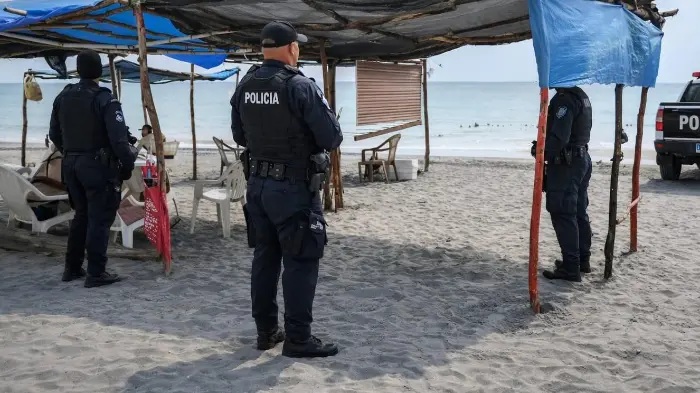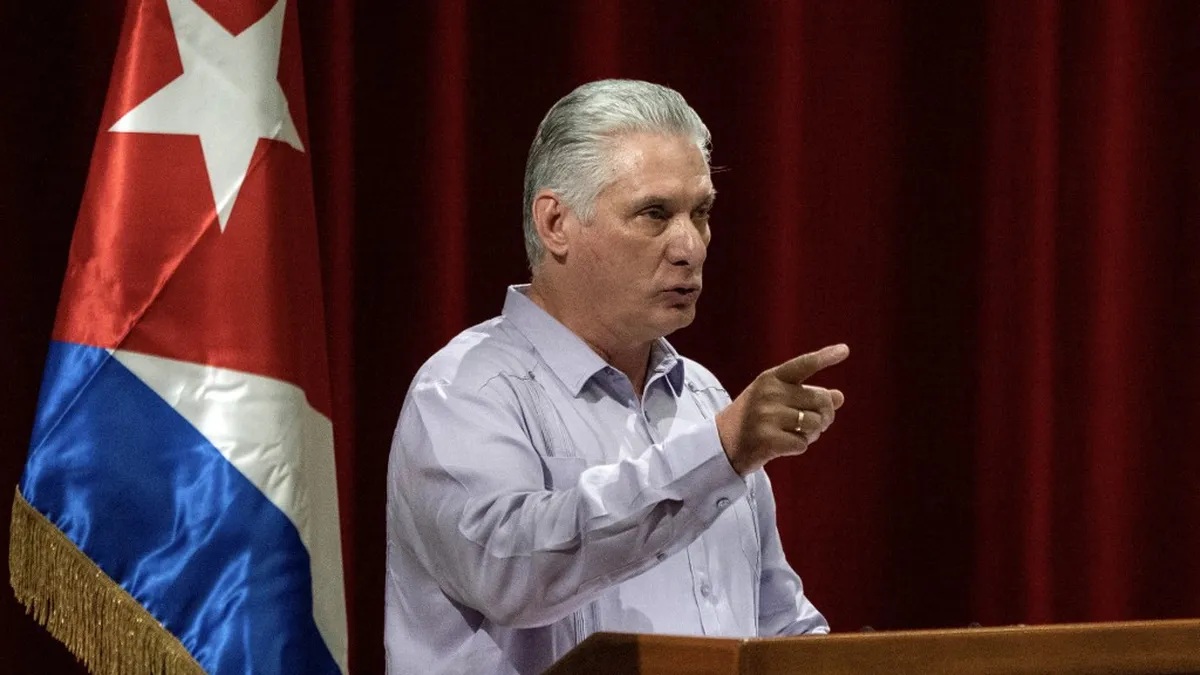The possibilities for an independent president in 2024

From a distance, thanks to the magic of digital technology, singer-songwriter Rubén Blades has been able to shake up the country’s electoral panorama, with a series of statements and reflections that position him at the head of a possible independent wave, that is, if they overcome egos, the fundamental postulates of the campaign, of the government plan, and if a disruptive electoral campaign is managed writes Rodrigo Noriega in La Prensa.
Beyond the controversy caused by the lawyer and former tourism minister, the numbers of the three most recent presidential elections seem to indicate that there is some reason for what Blades proposes.
– In the 2009 general elections, won by the Democratic Change, Panameñista Party and Molirena ticket, led by Ricardo Martinelli together with Juan Carlos Varela. They received 60.11% of the valid votes. For its part, the list headed by Balbina Herrera and Juan Carlos Navarro received 37.54% of the votes. Here the PRD was accompanied by the Popular Party and the Liberal Party. The percentage of participation in this election was 73.99%.
– In the general elections of 2014, Juan Carlos Varela won with 39.07%. His payroll was made up of the Panameñista Party, the Popular Party and a strong independent component. In second place came José Domingo Arias from Cambio Democrático with 31.04% and in third place came Juan Carlos Navarro from the PRD with 28.16%. The percentage of participation in this election was 76.76%.
– In the 2019 elections, Laurentino Cortizo Cohen was the winner with 33.35% of the valid votes, on a list that represented the PRD and the Molirena Party. In second place came Rómulo Roux at the head of the Cambio Democrático payroll with 31.00%. In third place came Ricardo Lombana for the free application with a percentage of 18.79%. Fourth place went to José Isabel Blandón of the Panameñista Party with a vote of 10.83% and in fifth place, the candidate, also for free nomination, Ana Matilde Gómez obtained 4.76% of the valid votes. The total voter turnout was 73.01%.
In the analyzed period, the PRD won one election and lost two. Likewise, the Partido Cambio Democrático triumphed in one tournament and lost the other two. In contrast, the Panameñista Party was able to effectively ally itself to win two elections. In the third, that of 2019, the block of popular and independent Panamanian voters fragmented. If the votes of Lombana, Blandón, and Ana Matilde are added, a percentage of 34.38% is reached, sufficient to have won the elections and 2.76% of the participation in the 2014 election was missing, which would have very possibly been related to this coalition.
In the period studied, the Democratic Change Party has had a ceiling of 31%, while the PRD has fluctuated from 28.16% to 37.54%. The midpoint of that range is the 33% obtained by President Laurentino Cortizo. If 33% plus 31% is added, the result is 64%, which leaves 36% available for a coalition of Panamamenistas and independent sectors.
If the same paths that the traditional political forces have taken are maintained, in the 2024 elections, it is very possible that the PRD will not reach its midpoint, if not the point of 28.16% or something similar. In this scenario, the union of the Partido Cambio Democrático and Realizing Goals (that union is the subject of another column), would have a ceiling of 31%. Thus, a margin of up to 41% would remain for the Panamenista coalition and independents. If voter turnout is increased by several percentage points, the margin of advantage increases.
The two key electoral messages of 2024 are not opposites. On the one hand, the desire for prosperity does not have to collide with the desire to fight corruption.
However, traditional politicians cannot give a message and a proposal other than the path traveled by clientelism and the feast of electoral donations. To take another path, another class of politicians is needed. It is up to Ricardo Lombana to decide if he wants to go down in history as the politician who acted maturely so that Panama avoided an economic and institutional catastrophe.





